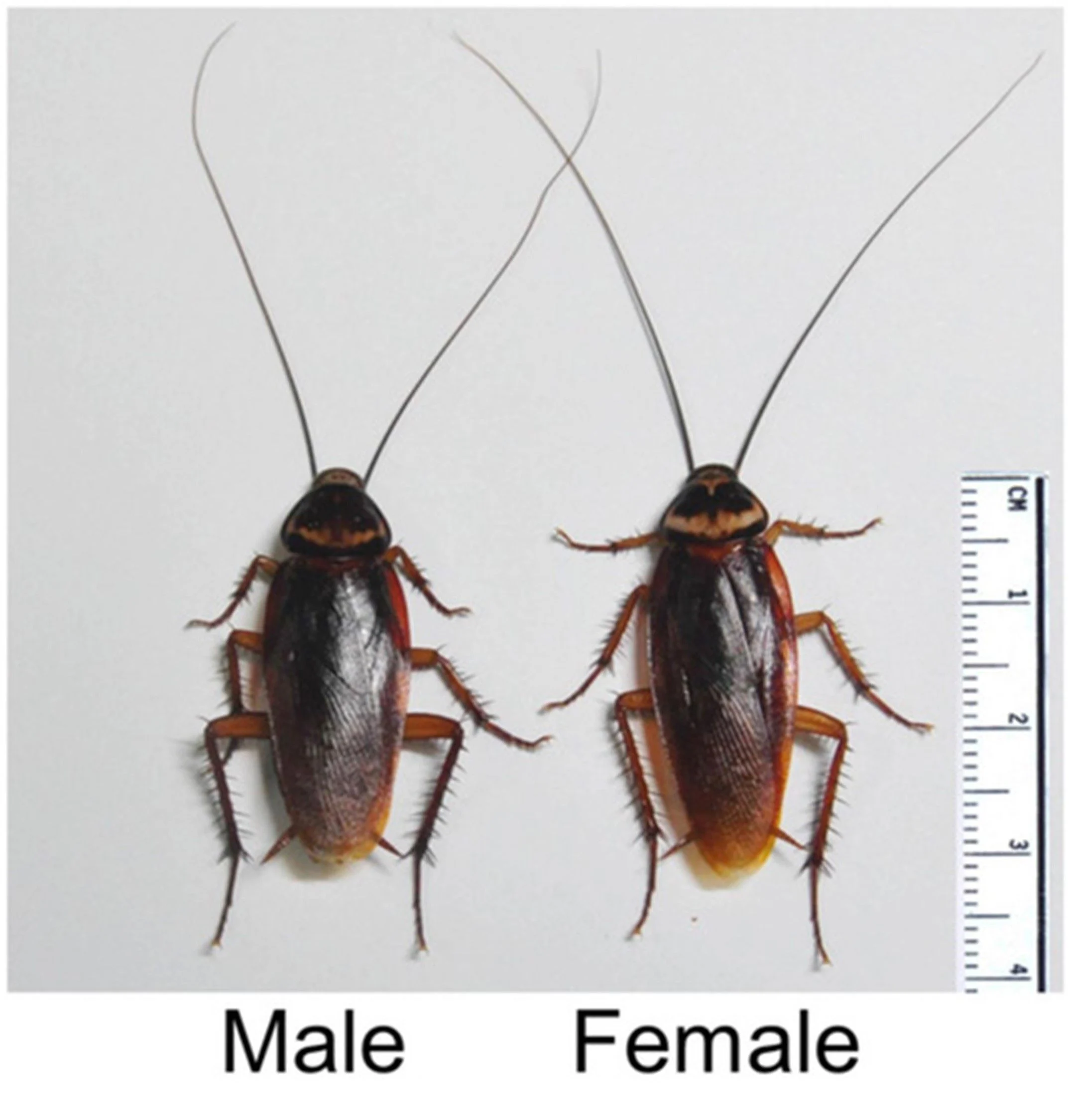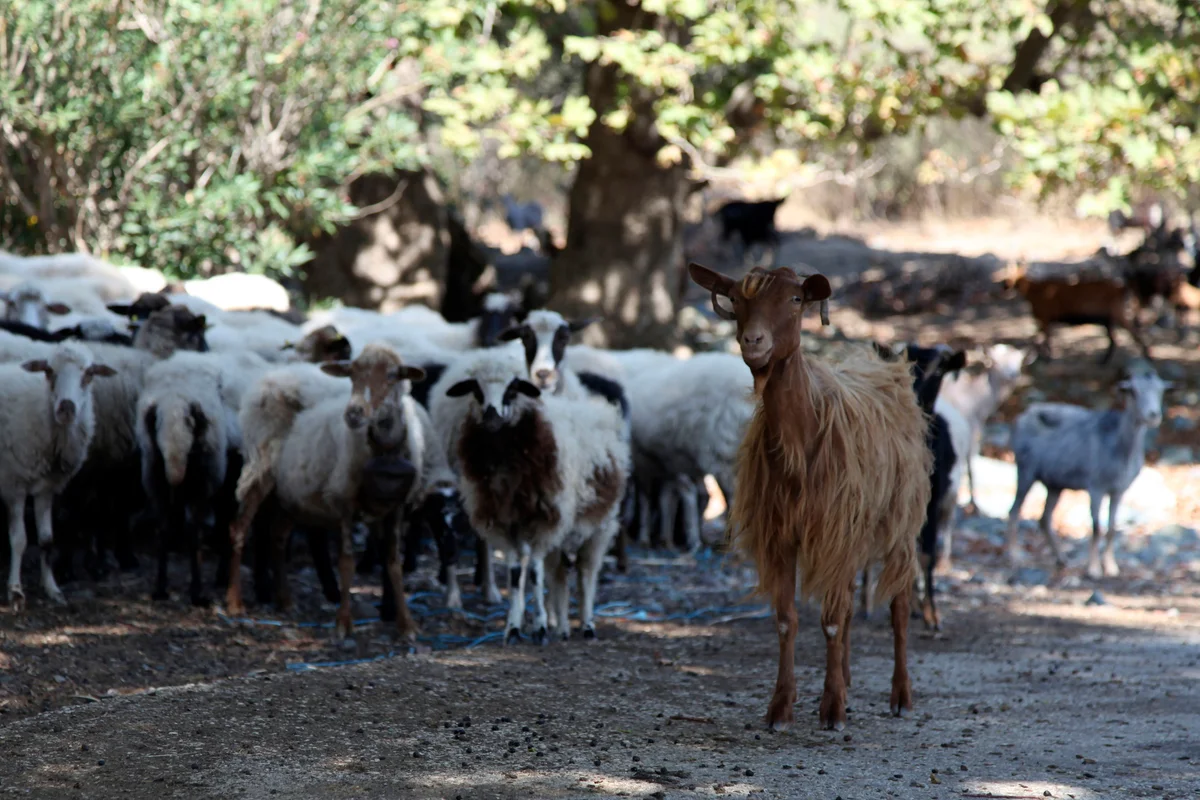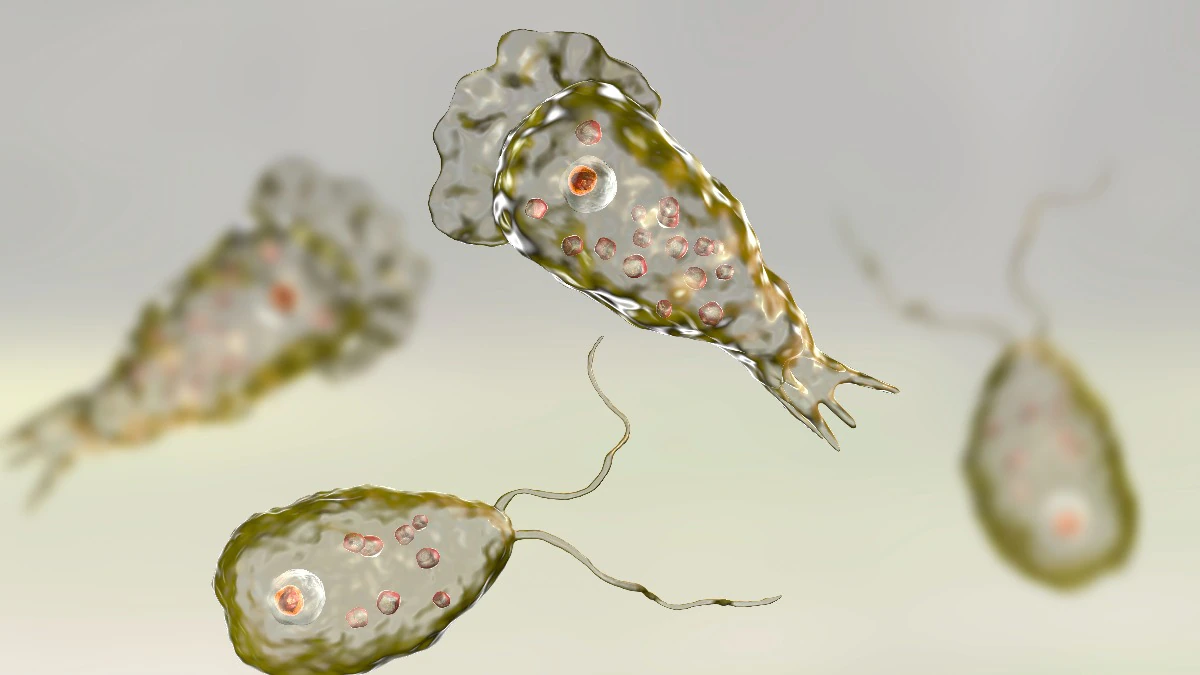By Julian Ryall
Copyright scmp

A cockroach found in a bowl of ramen at a restaurant in Kyoto has drawn attention to Japan’s food and beverage sector, where an insecticide-resistant species known as the American cockroach is spreading fast and unnerving businesses and diners.
Until recently, the insect had been largely confined to Okinawa and southern Japan. Larger than the domestic species typically found in Tokyo, the American cockroach is distinguished by a pale band across its back. Pest control specialists warn that the variety is proving far harder to eradicate than its smaller cousins.
“American cockroaches are solitary, but perhaps because they have a higher reproductive capacity than the others, their numbers make it appear that they are moving in large swarms,” Masaya Adachi, president of Tokyo-based extermination company 808 City, told Fuji News Network.
The insects are causing chaos for restaurant owners, as the Tenkaippin chain of ramen outlets is discovering. The owner of the chain, Tenchi Foods, has suspended operations at two outlets in Kyoto and ordered a thorough inspection of all its restaurants across Japan after a customer found a dead cockroach in a bowl of ramen served at one outlet last month.
The store manager immediately brought in an insect extermination company and informed the city health authorities three days later. The authorities have conducted an inspection and found no significant hygiene issues, but noted that the store failed to keep timely records of its pest control measures.
Tenchi Foods has been widely criticised for poor hygiene control and not announcing the incident until 10 days later.
“Customers will stay away from companies that are unable to honestly accept what has happened, that are only concerned with pursuing profits or lack the ability to clean themselves up,” said one message linked to a story on the incident on the Yomiuri Shimbun website.
Another message read: “I don’t have high expectations for other restaurants either. I know there are going to be cockroaches.”
The incident at Tenkaippin came after Japanese beef-bowl restaurant operator Sukiya Co. suspended nearly 2,000 outlets nationwide in March following the discovery of a cockroach and a rat in two separate food items served to customers.
Adachi agrees that eradicating the insects is becoming more challenging, particularly with an increase in the number of American cockroaches in Tokyo.
The insects typically prefer hot and humid conditions, making southern Japan and the islands of Okinawa perfect breeding grounds. As temperatures rise and the humid summer months last longer than in previous decades, they are expanding in numbers and range.
According to Adachi, the cockroaches are fond of buildings that house many restaurants because they are drawn to dishwashers using hot water, which discharges into concrete water tanks in the basement. The stored warm water creates a humid environment, perfect for cockroaches to breed in.
Common insect sprays and commercially available fumigation products had proven to be ineffective against American cockroaches, Adachi said.
“Spraying insecticide stimulates American cockroaches when they are hiding in groups, causing them to move all at once,” he said. “This means they emerge from gaps one after another in an attempt to escape, resulting in a flood of cockroaches raining down from the ceiling.”
Adachi’s company has determined that the best approach is to spray long-lasting insecticides on the walls, floors and other areas where cockroaches travel. Over time, the poison sticks to their bodies and slowly kills them.
Recounting a successful eradication effort using such a method at an unnamed Tokyo restaurant, he said, “Since it was a restaurant, we had to work after closing time. We sprayed the chemicals late at night, and when we returned at dawn, we found over 150 dead American cockroaches lying all over the floor.”



